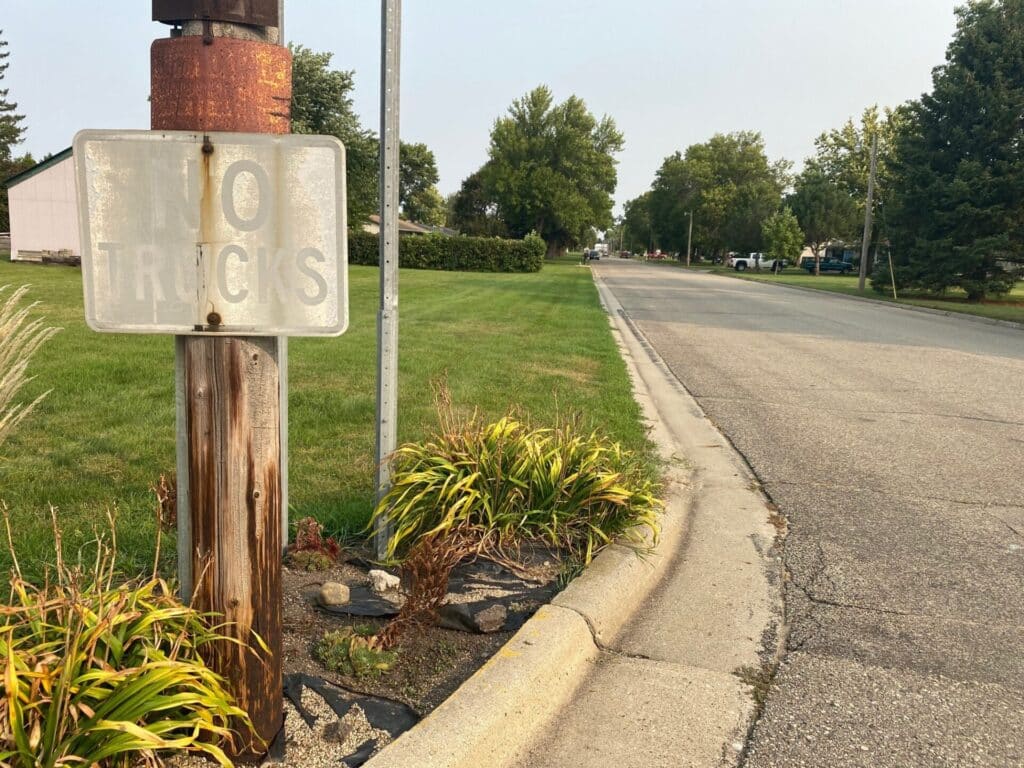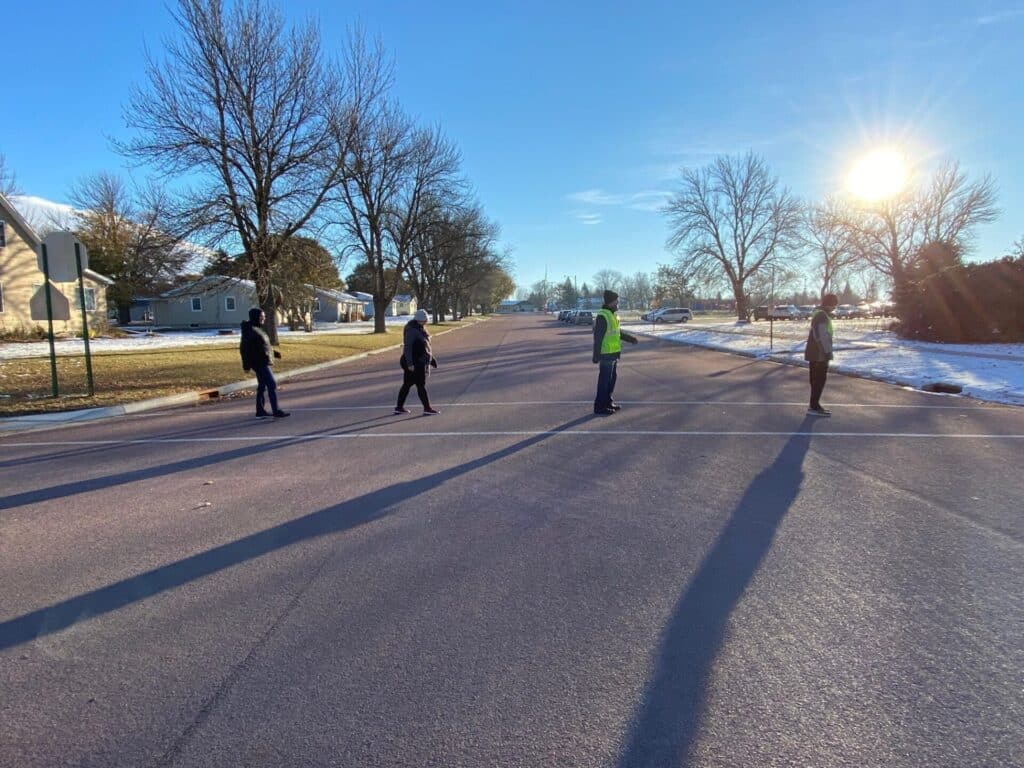Coordinating Transportation Programs with the Region
For over 30 years, SRDC has helped coordinate transportation programs within the region. Our transportation planning is focused on maintaining and improving the various modes of transportation within our nine-county region and across Greater Minnesota. SRDC assists communities with planning, maintaining, and improving all modes of transportation. We accomplish this by working with the Minnesota Department of Transportation (MnDOT), local units of government, legislators, community members, and organizations across Southwest Minnesota.
Much of our collaborative efforts are made possible through a recurring MnDOT planning grant which helps to keep the cost of our work to a minimum. Under this grant, technical assistance is available to assist communities along U.S., State, and County State-Aide highways.


Transportation Advisory Committee
Transportation Planning efforts are led by the SRDC Transportation Advisory Committee. This Committee is made up of local elected officials, community members, and economic development staff from across the nine-county region. The Transportation Advisory Committee is responsible for reviewing and approving SRDC’s yearly Transportation Work Plan and providing feedback on regional and state-led transportation projects on behalf of their communities and the region.
Participating in the Transportation Advisory Committee is a great way to connect with MnDOT and learn more about transportation-related projects, funding policies, and statewide planning efforts. Participation and membership is open to community members interested in guiding future transportation planning efforts in Southwest Minnesota. Contact SRDC to see how you can get involved.
How Does the MnDOT Planning Grant Impact Our Work?

Through the recurring MnDOT planning grant, SRDC:
- is a member of Area Transportation Partnerships 7 & 8 and Transportation Alternatives Program Subcommittees
- is invited to serve on statewide transportation planning workgroups to represent Greater Minnesota and Southwest Minnesota
- leads the region’s Transportation Advisory Committee
- conducts regional significant reviews of proposed projects
- serves as a liaison between MnDOT and the region’s transportation projects
- assists communities with grant applications
- assists communities with data collection and analysis for local projects
What Planning is Conducted by SRDC?
SRDC conducts and assists with various studies, plans, and technical assistance, including, but not limited to:
-
Freight Planning
-
Functional Classification of roads within the region
-
Transit Planning
-
Long-Range Planning
-
Safe Routes to School Planning and Implementation
-
Highway Corridor Studies
-
Demonstration Project Planning
-
Sidewalk/Trail Infrastructure Planning
-
Dissemination of Construction Project Information
-
Public engagement of transportation and construction projects
SRDC is here to help strengthen your community!
SRDC offers a vast list of services to assist with your needs. Contact us if you are interested in working with SRDC on your project.
